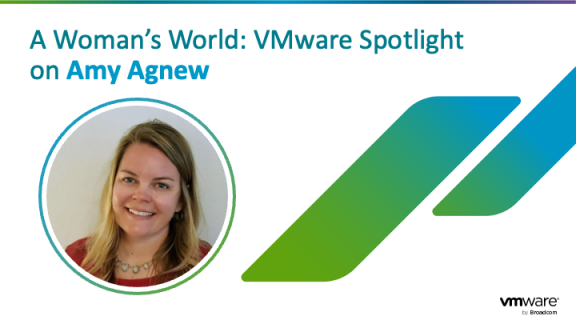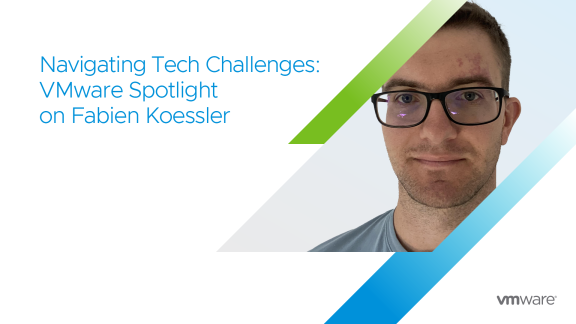“It is no longer the big beating the small, but the fast beating the slow,
– Eric Pearson, CIO, IHG
Monumental Industry Shifts
The telecommunications industry (telco) is going through a huge shift that will define how communication service providers do business for years to come. As outlined in a new ebook from VMware, traditional business is falling in value because customers are no longer willing to pay a premium for mobile connectivity. As a result, telcos are seeing a large drop in revenue on standard services. To compound the issue, telcos face competition from over-the-top providers, such as Netflix and WhatsApp. These companies are chipping away at telco revenue by creating disruptive competition and shifting consumer spending from the telcos to the over-the-top providers. To offset these threats, telcos are hoping to create new revenue sources from the digitization and digital transformation that is happening across multiple industries. This digital transformation is ushering in new technologies, such as smart cars and the Internet of Things (IoT), and is enabling telcos to sell new offerings to offset the revenue lost on traditional services. Services like AI, machine learning and at-the-edge processing create new revenue opportunities for telcos.
At the forefront of the evolution of telcos is 5G. 5G was built with digital services in mind so it provides an opportunity for telcos to create an efficient network custom-built for digital services. As telcos build out their 5G networks, they must do so in a way that allows them to scale and fully maximize the potential created by this digital transformation. 5G enables new opportunities due to three key advantages over traditional cellular networks: higher throughput, lower latency and increased reliability. These advantages enable 5G to support the digital requirements of several emerging markets. For instance, high throughput is paramount for virtual reality and 8K videos, ultra-low latency is key for financials and gaming. Reliable connectivity is extremely important for connected cars and remote surgery. To leverage these advantages, telcos must focus on achieving key transformation priorities.
VMware’s Telco Modernization ebook explains that for telcos to move ahead to support the digital transformation, telcos must focus on three key priorities: modernizing the network, automating service delivery and monetizing network investments.
1. Modernize the network
Traditionally, telco networks have been built using products from a few companies that made purpose-built devices for routing and telco functions. Over the last several years these functions have moved from being hardware-based to software-based, enabling operations to virtualize the services by creating network function virtualization (NFV). Once services are virtualized, the most effective place to run the virtualized workload is on a cloud infrastructure. The process of converting the physical hardware equipment into software and running in a cloud environment is the modernization of the network itself. Once the functions are virtualized, there is much more flexibility in how the network can be deployed and utilized.
One of the ways that telcos are leveraging the flexibility of a modern network is by becoming more agile through service orientation. Telcos are breaking down their monolithic services into micro-services that can be consumed, shared and monetized through a service-oriented architecture. Instead of building out everything from beginning to end, telcos can start incrementally turning up new capabilities. With smaller, easier projects the investment model becomes more conducive to growing the business organically. Telcos are now able to break the functions into smaller services, virtualize them, and run them on either virtualization platforms or container platforms.
2. Automate
With virtualized and container platforms, services can be scripted and automated. The vision is to create a completely autonomous service delivery where the network is self-tuning, self-healing and can dynamically deliver services. With automation, telcos can measure the quality of service being provided and then use dynamic intelligent operations to provision a workload where and when it is needed. Automation allows for things such as closed-loop service automation, OSS/BSS service automation, and artificial intelligence IT operations. Automation can provide intelligent service operations such as:
Traditional telco networks were built using monolithic single-vendor hardware-based solutions. With these types of networks, deploying network equipment and services was manual. With the shift to software-based networks, telcos can start to automate network deployment and provisioning and start to base their networks on cloud-native principles. Cloud and cloud-native principles allow telcos to roll out new services more quickly and efficiently. The new architecture of multi-cloud and distributed cloud allows carriers to provision workloads in a more efficient fashion.
- Real-time intelligence for the RAN intelligent controller (RIC
- Network optimization for quality and bandwidth
- Network slicing
- Continuous integration/continuous delivery (CI/CD)
- Agile operations
Automation can also streamline SLA and outage management. Automation also enables the analytics and capabilities needed for service assurance. In general, automation greatly streamlines the deployment, performance and operation of new equipment and services, allowing faster deployment and greater revenue opportunities.
3. Monetize
Traditionally, there were only a few revenue streams that the rigid telco networks supported. If telcos wanted to introduce a new set of services, it took a large amount of engineering work and tons of manual deployment. With software-based networks, telcos can quickly roll out and try new services, see what works and fail fast. Today, telcos are accelerating the journey to a more service-based, containerized/virtualized infrastructure. Telcos can adopt methodologies like CI/CD, and thus innovate and deliver new services. Telcos can accelerate time to market in terms of new services and choices that telcos have for their customers.
When looking at monetization, telcos need to approach it from two perspectives. The first is how the service provider monetizes their network for themselves, and the second is how they enable their end customers to leverage the network for their own monetization strategy. Creating a platform that their customers can monetize has limitless possibilities. For example, a provider can set up a 5G network for automating factory processes where the machines sitting in the factory can be connected. Another example is augmented reality. For instance, a gaming company that wants to provide augmented reality gaming needs a high-bandwidth, low-latency, reliable connection. The gaming system is a monetization platform since, without the connection, the person who’s writing a game cannot do development. If the telco can provide an edge platform for an AR/VR developer to write applications, there is a compelling business case for the telco. A final example is connected farming. A farmer can put sensors on all the cows to monitor individual animals constantly. When does the cow wake up? What is the cow is eating? Where is the cow sitting? Where is the cow sleeping? A farmer can manage the entire herd to make an informed decision on the yield of the type of milk and can make an informed decision on the herd’s health.
Get ready for the digital transformation
Moving a network to a modern framework is not an easy task, but it does have to be done and can be done in phases to make the process easier. A follow-up blog will outline specific steps for achieving a modern network outlining key steps to take for planning, building, operating and optimizing a modern network. If you don’t want to wait for the next blog to drop, those same details and more are outlined in VMware’s Telco Modernization ebook.
If this whole process seems daunting or you feel you have more questions than answers, we would love to help. Visit the VMware Professional Services page today to learn more about how we can help you get started on your digital transformation journey.






